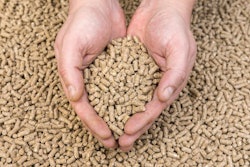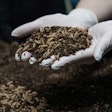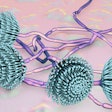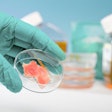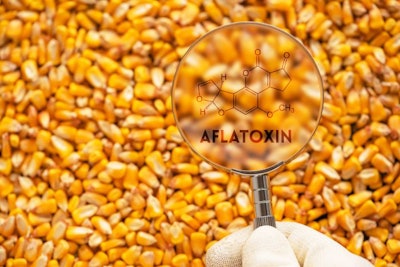
When replacing wheat with corn, the possibility of aflatoxin contamination rises
The impeding shortage in wheat brings about corn as a major feed ingredient for many countries in the EU, which already import it from the Americas. But, with corn, one is more likely than not to also import some aflatoxins, the mycotoxins that more frequently contaminate corn compared to other cereals. In fact, when replacing wheat with corn, it is almost certain that the possible mycotoxin profile will change markedly.
One solution for aflatoxins is bentonite, something well known to fellow animal feed professionals in the U.S. In fact, bentonite took its name from Fort Bentonite, a place in Wyoming where “bentonite” was first mined. It is better to call it montmorillonite, but geologists remain undecided, so we will still refer to it as bentonite. Today, bentonite is found in many parts of the world, such as France and Greece.
But, not all bentonites are the same. There are sodium-based bentonites and calcium-based bentonites. One is good for absorbing water (as many of us pet owners know), the other is good for absorbing mycotoxins. And, in the market, there are several similar products, all clays such as zeolite, sepiolite, attapulgite, etc., that are marketed as bentonite – but they are not bentonite. Not that they cannot be effective against aflatoxins – it is up to them to prove it – but they are just a different clay product. Some work, some do not, like with most additives.
So, when thinking about adding bentonite in corn-based diets, make sure you are buying a product that is really a bentonite. Unless, of course, you want to buy another product based on that product’s properties.
As for inclusion levels, I know this is going to be a major point of discussion. Like with most dose-related products, it depends on the contamination level. Nevertheless, adding 1-2 kg/ton will do very little in terms of controlling aflatoxins.



